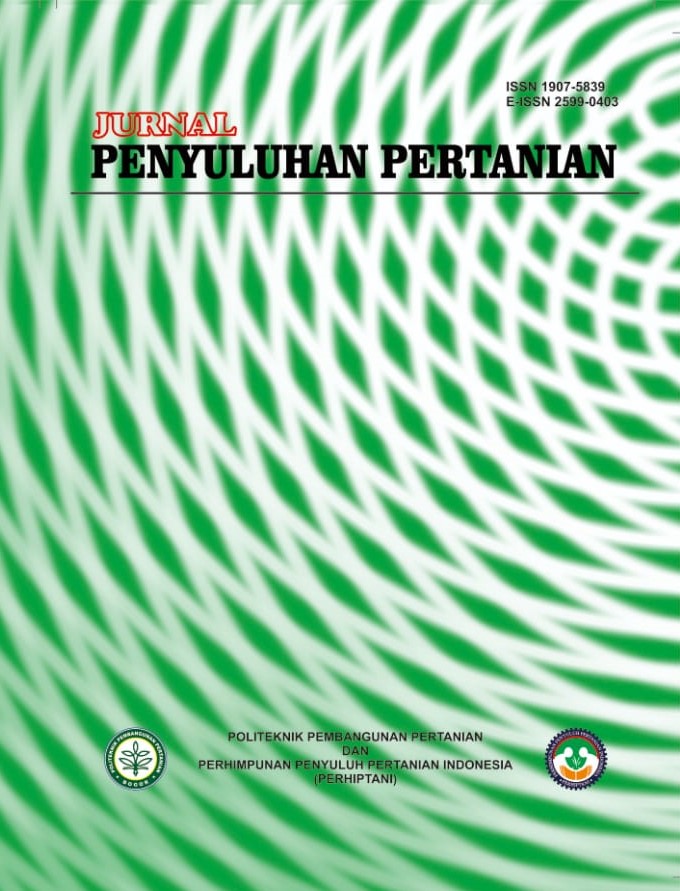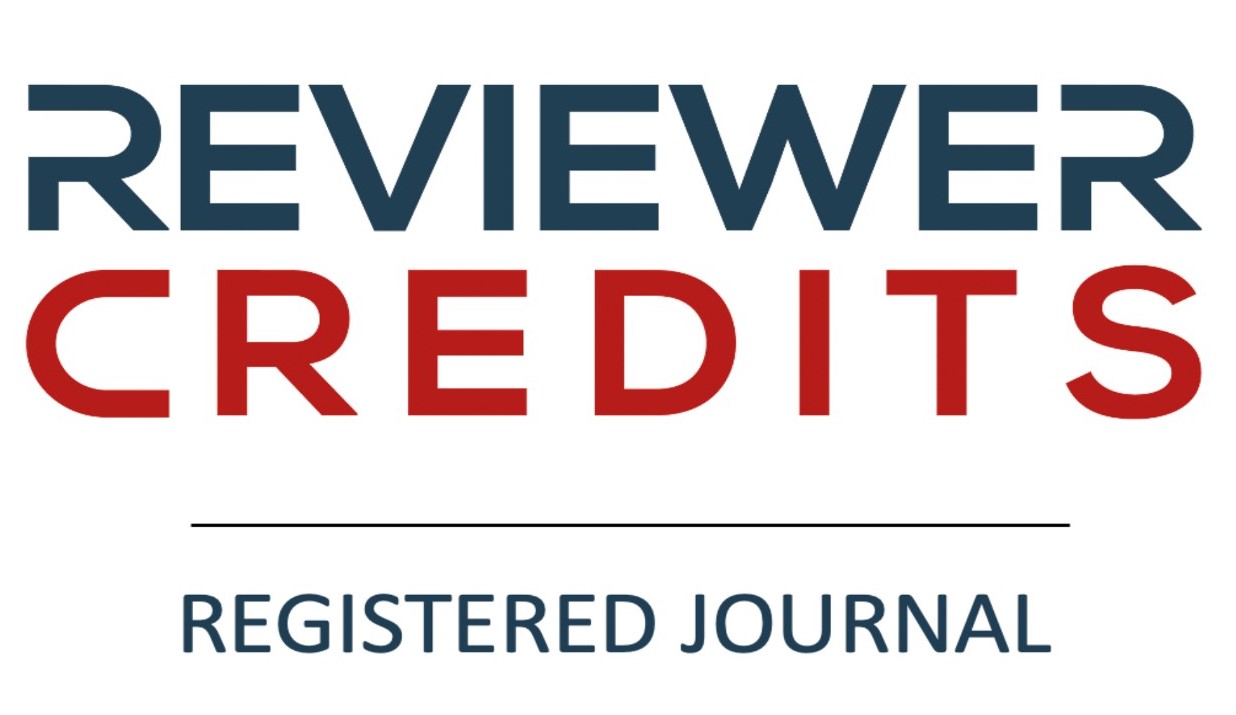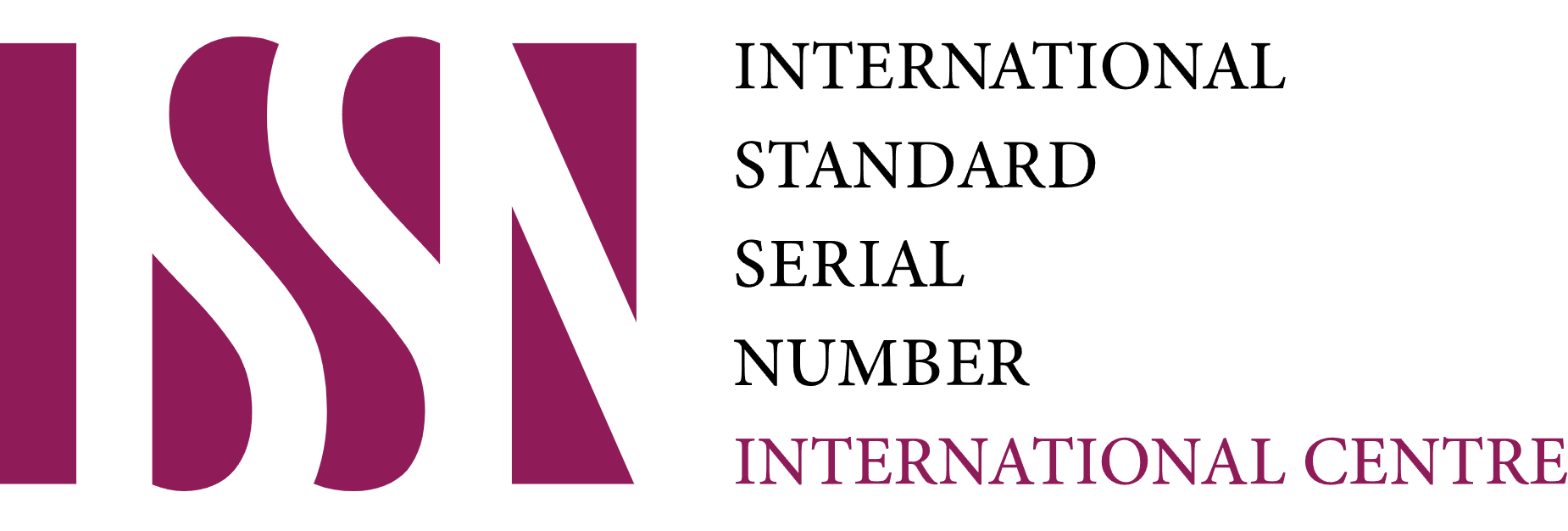FUNGSI KELOMPOKTANI DALAM PENERAPAN SLPTT PADI SAWAH DI KECAMATAN MEGAMENDUNG KABUPATEN BOGOR PROVINSI JAWA BARAT
DOI:
https://doi.org/10.51852/jpp.v8i2.303Abstract
The experiment was conducted in the District of Megamendung Bogor Regency of West Java Province at March 18 until May 12 2013. This study aims to determine and quantify the extent of relationship functioning farmer groups in the PTT application of rice (Oryza sativa L.). Instruments used form questionnare distributed to 30 farmers. Research variables consist of the independent variable (x) is the function of kelompoktani, while the dependent variable (y) is the component PPT rice. Data were analyzed using Spearman rank correlation coefficient analysis. The result showed there was a significant relationship between function of group farmers as classroom learning to the application of quality seeds, legowo technique, balanced fertilization, and IPM implementation with r value 0,627; 0,610; 0,577; and 0,512 respectively. Group farmers function as cooperation showed significant relationship to the the application of quality seeds, legowo technique, balanced fertilization, and IPM implementation with r value 0,513; 0,427; 0,438; and 0,375 respectively. Group farmers function as production unit showed significant relationship to the the application of quality seeds, legowo technique, balanced fertilization, and IPM implementation with r value 0,695; 0,647; 0,673; and 0,573 respectively.Downloads
Published
Issue
Section
License
Authors who publish with this journal agree to the following terms:
1. Copyright on any article is retained by the author(s).
2. The author grants the journal, right of first publication with the work simultaneously licensed under a Creative Commons Attribution License that allows others to share the work with an acknowledgment of the works authorship and initial publication in this journal.
3. Authors are able to enter into separate, additional contractual arrangements for the non-exclusive distribution of the journals published version of the work (e.g., post it to an institutional repository or publish it in a book), with an acknowledgment of its initial publication in this journal.
4. Authors are permitted and encouraged to post their work online (e.g., in institutional repositories or on their website) prior to and during the submission process, as it can lead to productive exchanges, as well as earlier and greater citation of published work.
5. The article and any associated published material is distributed under the Creative Commons Attribution-ShareAlike 4.0 International License













